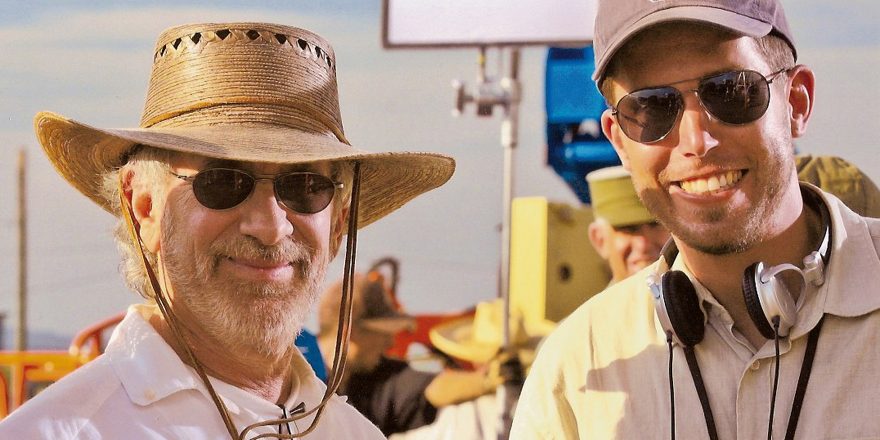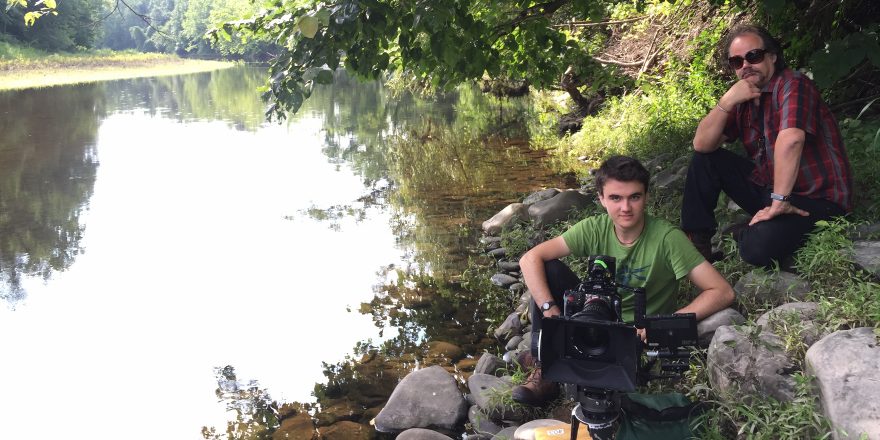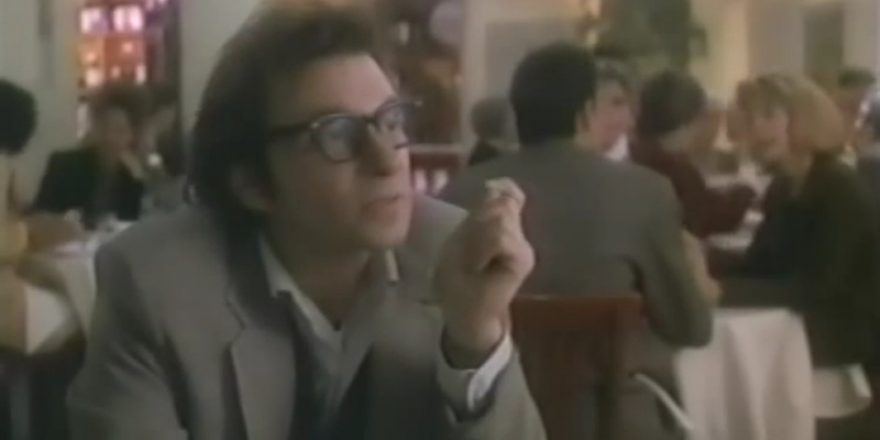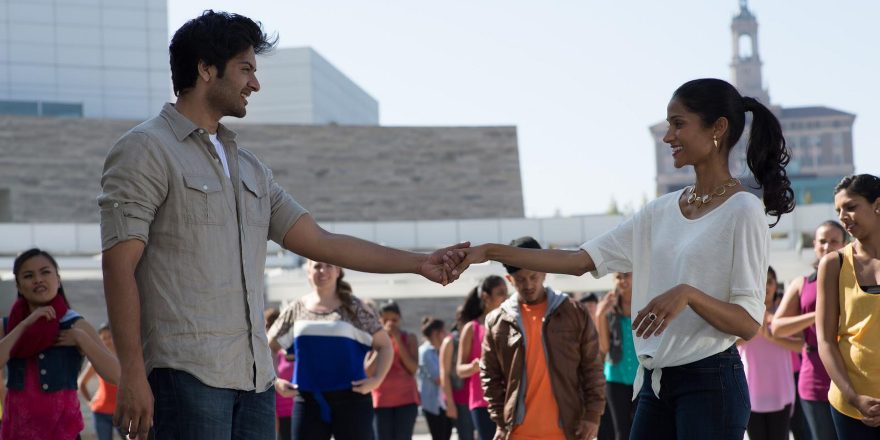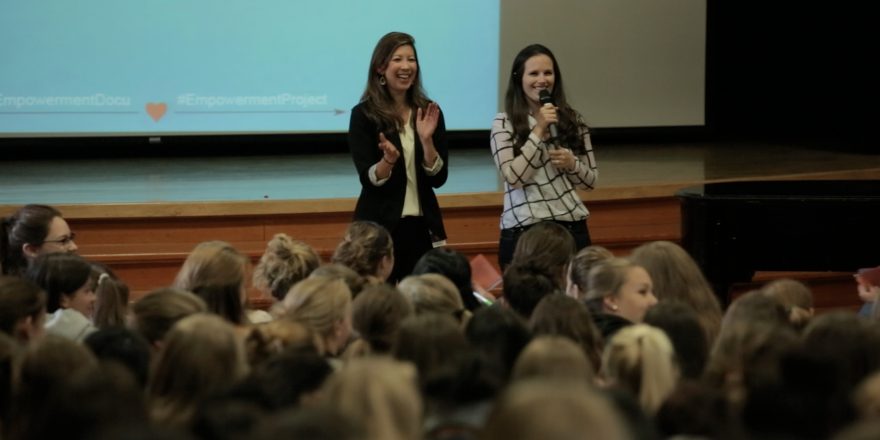The first film I ever remember seeing in a movie theater was E.T. the Extra-Terrestrial, and man, do I have a vivid memory of balling my eyes out when E.T. turned white. Talk about some traumatizing imagery to be seeing on the big screen at such a young age, which is probably why I remember it. However, as a kid in the ‘80s, this was hardly my only memory from seeing a Steven Spielberg movie. I grew up on an incredible diet of films produced by Amblin Entertainment, the production company Spielberg founded with Frank Marshall and Kathleen Kennedy. Whether it was The Goonies, Gremlins, Back to the Future, Arachnophobia or one of the countless other Amblin titles, it so often felt like the movies were being made specifically for me and my friends. These films were the stories that shaped my childhood and, ultimately, planted the filmmaking bug within me, long before I even knew I had it. So it’s not lost on me in the slightest to have just directed a feature documentary called Finding Oscar that was executive produced by Steven Spielberg and produced by Frank Marshall; the two men who were at the center of creating so many of my favorite movies when I was a kid.
So how was I so fortunate to find myself working with two of the most successful filmmakers in the industry? To really answer this question, I have to go back to the beginning.
When I graduated with an English degree from the University of Illinois at Urbana-Champaign, I had zero filmmaking experience, nor any connection to the film industry. I ended up landing a job for an entertainment magazine in Chicago, and not long thereafter went with my girlfriend at the time (now my wife) to see American Beauty. Leaving the theater after the film, I turned to Kim and said, “I wish I could have done anything to have helped make that movie, even if it was just carrying coffee.” I started telling everyone I knew that I wanted to get into filmmaking, not knowing the first thing about how films were even made. As it turned out, a colleague at the magazine knew an independent line-producer in the city and put me in touch with her. This producer had a low-budget film shoot coming up and offered me a set production assistant (PA) position on the project. I immediately quit my job at the magazine, and gave up my salary, company car and health insurance for three weeks of unpaid work. And thus I got my start in the film business.
That low-budget shoot rolled into a few more films, all of which you’ve most likely never heard of, much less seen. And then it was announced that a very big production would be coming to Chicago: The Road to Perdition. I was determined to get a set PA gig on that film, which I eventually did after politely pestering one of the assistant directors for several months. On the first day of filming, a call came over the radio to get a latte for the director, and I eagerly replied to the request. As I handed off the coffee to Sam Mendes, the director of American Beauty – which I’d seen only 10 months prior – I knew I was on the right path.
And then she said, “I know Steven Spielberg is looking for an on-set production assistant for his upcoming film – would you possibly be interested in that?”With all roads in the film world leading to Los Angeles, I made the migration west once Perdition wrapped, continuing to work on several more large movies as a set PA. As appreciative as I was for these experiences, I was starting to feel that my learning curve was plateauing. I was also heading toward an eventual career as an assistant director, which was becoming less and less appealing given my newfound aspirations to be a director outright. Much like I had done a few years prior, I started letting folks know that I was looking for a different job, possibly assisting a director or producer directly, to hopefully continue my filmmaking education. And that’s when I won the set PA lottery.
I was working on The Cat in the Hat at the time, and Mike Myers’ assistant told me she knew of a job opening that I might find appealing. I thought for sure she was going to offer me a job working for Myers, and I was excited at the prospect. And then she said, “I know Steven Spielberg is looking for an on-set production assistant for his upcoming film – would you possibly be interested in that?”
“Is that a rhetorical question?” I replied.
Incredibly, I got the job and quickly learned that one of my duties in working for Steven would be to carry a video camera with me at all times to help document the behind-the-scenes on set. Literally, a part of my job was to film one of the greatest filmmakers of our time while he made his movie. Talk about a filmmaking education! Little did I know, however, that this amazing experience would also be my entry point into documentary filmmaking.
I ultimately worked for Steven on three of his films (The Terminal, War of the Worlds and Munich), ultimately leaving my assisting gig to write a screenplay on assignment for DreamWorks, based on an idea I pitched Steven. A year later, though, I was asked to come back to film the making of Indiana Jones and the Kingdom of the Crystal Skull, and for four daydream-inspiring months, I got to collaborate with all three of the people who created Amblin. Plus, I was filming Indiana f’ing Jones in the flesh – my childhood hero!
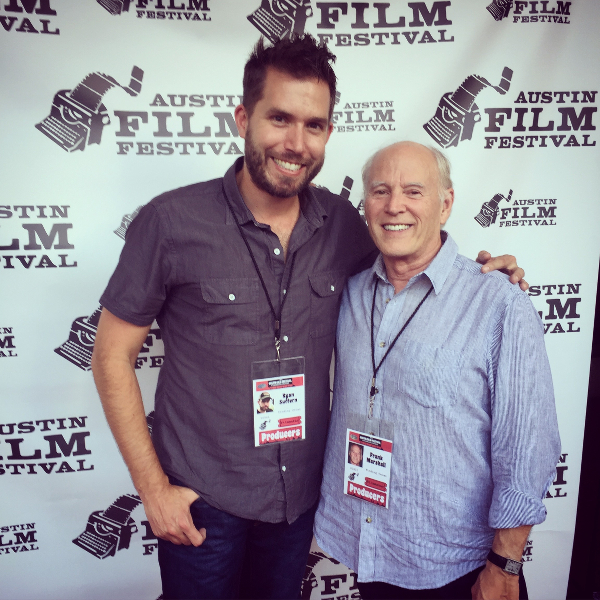
While I had worked with Kathleen before on two of Steven’s previous films, this was my first time collaborating with Frank, who I was introduced to as the on-set documentarian of sorts. I didn’t really think of myself as a documentarian, but when Frank was subsequently commissioned by ESPN to direct one of the original 30 for 30 documentaries, I jumped at his offer to collaborate with him on it. That was the start of the Kennedy/Marshall documentary division, which I now run. Frank and I have since worked together on a whole host of documentaries, our latest being Finding Oscar, which is released in theaters today. And – bringing things full circle – to have Steven serving as our executive producer on this film is beyond belief.


